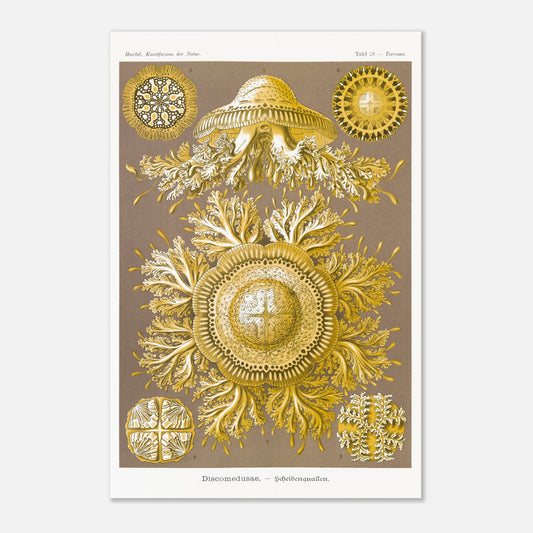Disc jellyfish - Aesthetic illustration of the natural world - Ernst Haeckel, Kunstformen der Natur
Disc jellyfish - Aesthetic illustration of the natural world - Ernst Haeckel, Kunstformen der Natur
Couldn't load pickup availability
Engraving reproduction of: Disc jellyfish
Original title Discomedusae - Scheibenquallen
Toreuma Poster - Cnidarians of the class Acraspedes (Order Discomedusae)
Illustration from the book Kunstformen der Natur, which is a collection of artistic lithographs of natural sciences published by the German biologist Ernst Haeckel between 1899 and 1904.
This naturalistic illustration is part of an overall style inspired by Ernst Haeckel, which greatly influenced the emerging Art Nouveau movement at the beginning of the 20th century. This work, illustrating the impressive beauty and great diversity of the biological world, was complemented by a certain amount of scientific information, some excerpts of which are reproduced below.
This information is over 120 years old and some of it may be outdated!
Scientific classification:
Cnidarian Phylum (Cnidaria) Class Scyphozoa (Acraspedae) Order of Discomedusae (Discomedusae) Suborder Rhizostomes (Rhizostomae).
Scientific notice (extract) accompanying the poster print of Discomedusae - Disc jellyfish :
The Rhizostomes (Rhizostomae) constitute the third and most recent of the three suborders of disc jellyfish or Discomedusae, characterized by the fact that in the adult jellyfish the central mouth opening is completely closed. The young animal initially has the original oral conformation of the Cannostomes (Cannostomae, Plate 18); the mouth is situated below at the end of a buccal tube which emerges from the center of the lower surface of the umbrella; it is divided into four short lobes (Plate 18, Figs. 2-5). Later, these four curled buccal lobes develop into four strong movable arms, the soft, pleated buccal arms or buccal curtains, which characterize the suborder Semostomae (Semostomae, Plate 8). The Rhizostomes arose from these Semostomes by the fact that the four buccal sails have forked into two branches each, and the numerous contiguous folds of the buccal ruffs of these eight strong buccal arms have fused together. If one imagines the folds of a heavily starched shirt ruff or a circular collar glued together at the points of contact, similar tubes are formed. Food then enters these through the numerous small openings (sucking holes) at the outer end of the tubes and from there, through their internal openings, into the central gastric cavity. In contrast, the central part of the median mouth closes completely; the cross-shaped closing suture of this curled buccal cross is preserved (Fig. 3). In the Rhizostomes, the numerous branches of the eight thick, curled buccal arms most often branch out so extensively that cauliflower-like structures are formed, with thousands of small sucking holes. Between them are often attached peculiar club-shaped vesicles (Figs. 1 and 2). The domed hat-shaped or flat disc-shaped umbrella (Umbrella) of the rhizostome jellyfish contains in the center the central gastric cavity, from which usually 16 radial canals branch off towards the edge of the umbrella. Below the gastric cavity are on the underside of the umbrella (Subumbrella) the four crescent-shaped or triangular gonads, attached to delicate pleated ribbons (Gonads, Fig. 4). Between them, the lower space of the gastric cavity forms a right-angled cross (Figs. 2, 4, 6). The domed outer or upper surface of the umbrella (Exumbrella) is adorned in many Rhizostomes with regularly distributed light (white or yellow) spots that stand out clearly against the dark (often yellow or red, purple or blue) background of the gelatinous umbrella (figs. 1, 2, 5, 6). - The edge of the umbrella of Rhizostomes is characterized by the fact that the mobile, threadlike tentacles possessed by other medusae have disappeared here by regression. Usually, the edge of the umbrella is delicately crenellated or divided into numerous small lobes. Between them, in deeper notches, are 8 to 16 rhopalia or sensory clubs; each is composed of an eye, an auditory vesicle and an olfactory pit.
Species present on the naturalist plate of Disc jellyfish - Toreuma :
About this print
About this print
The layout and composition of this reproduction have been the subject of our greatest attention.
- Respect for the format of the original work: in order to faithfully transcribe the artist's intention, the work is not cropped/re-cut except in extreme cases (obvious imperfection, geometry problem, etc.) in which case the cropping will be as light as possible.
- The presence of white margins is sometimes necessary in order to present the work in a balanced manner.
- Each size offered has been specifically composed, therefore, the size of the white margins may vary from one print size to another. Remember to check this detail carefully!
- Print only, frame not included!
Features
Features
- Premium 200gsm matte white paper, durable and strong.
- Natural, smooth uncoated finish, silky to the touch
- FSC certified paper or equivalent certifications depending on regional availability.
- Each print is shipped in sturdy packaging, ensuring safe transport.
- Each print is printed and shipped on demand. No minimum order quantity is required.
Share !

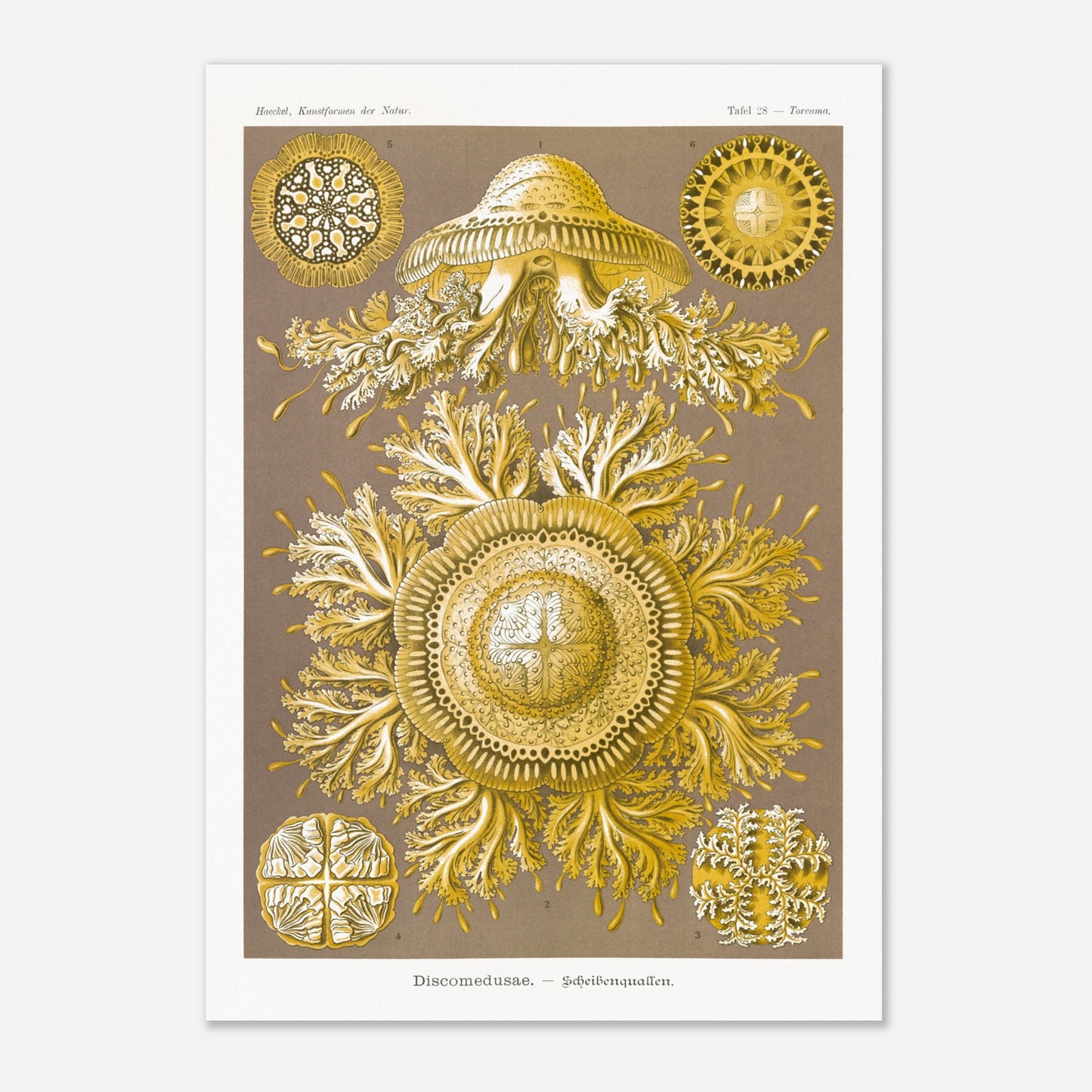

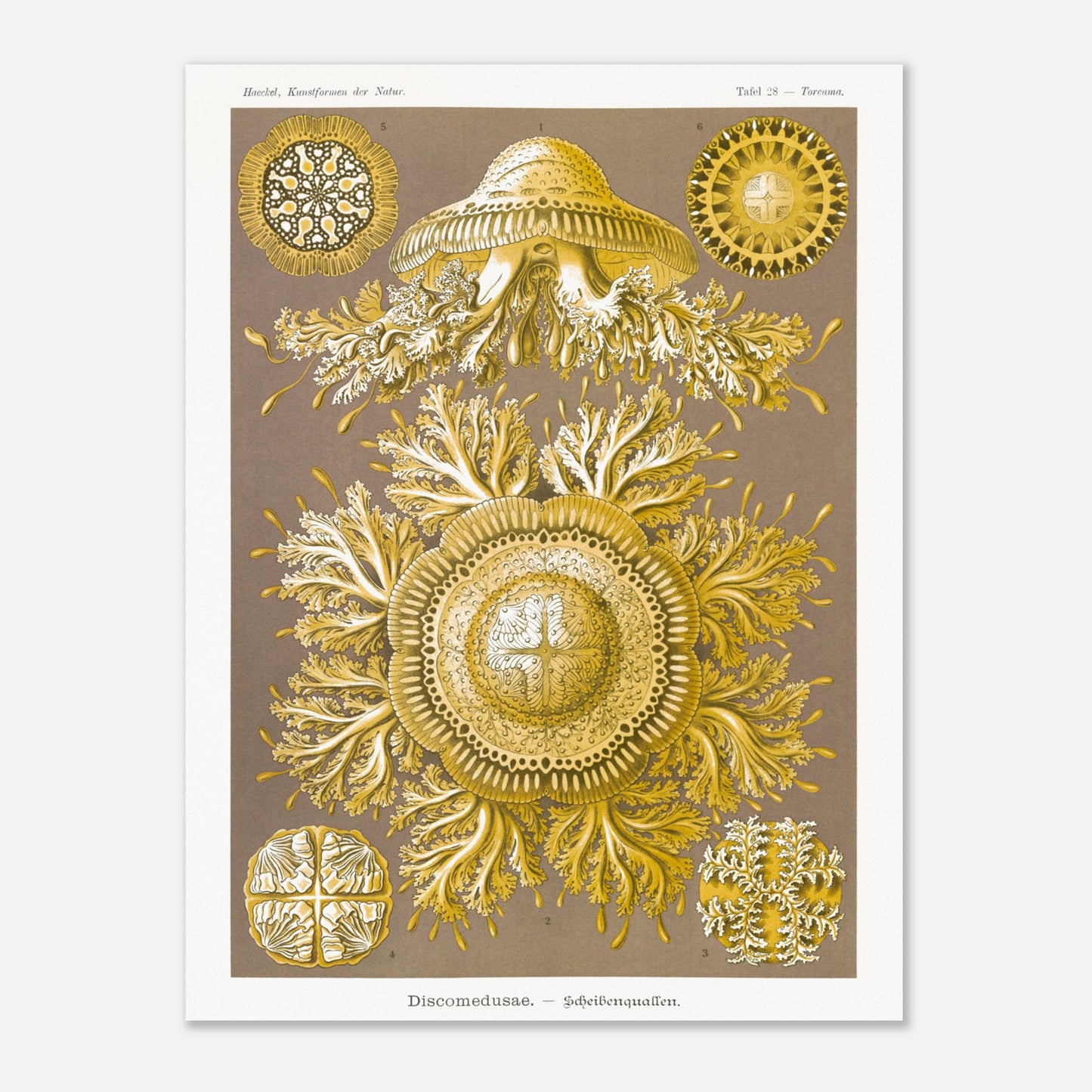
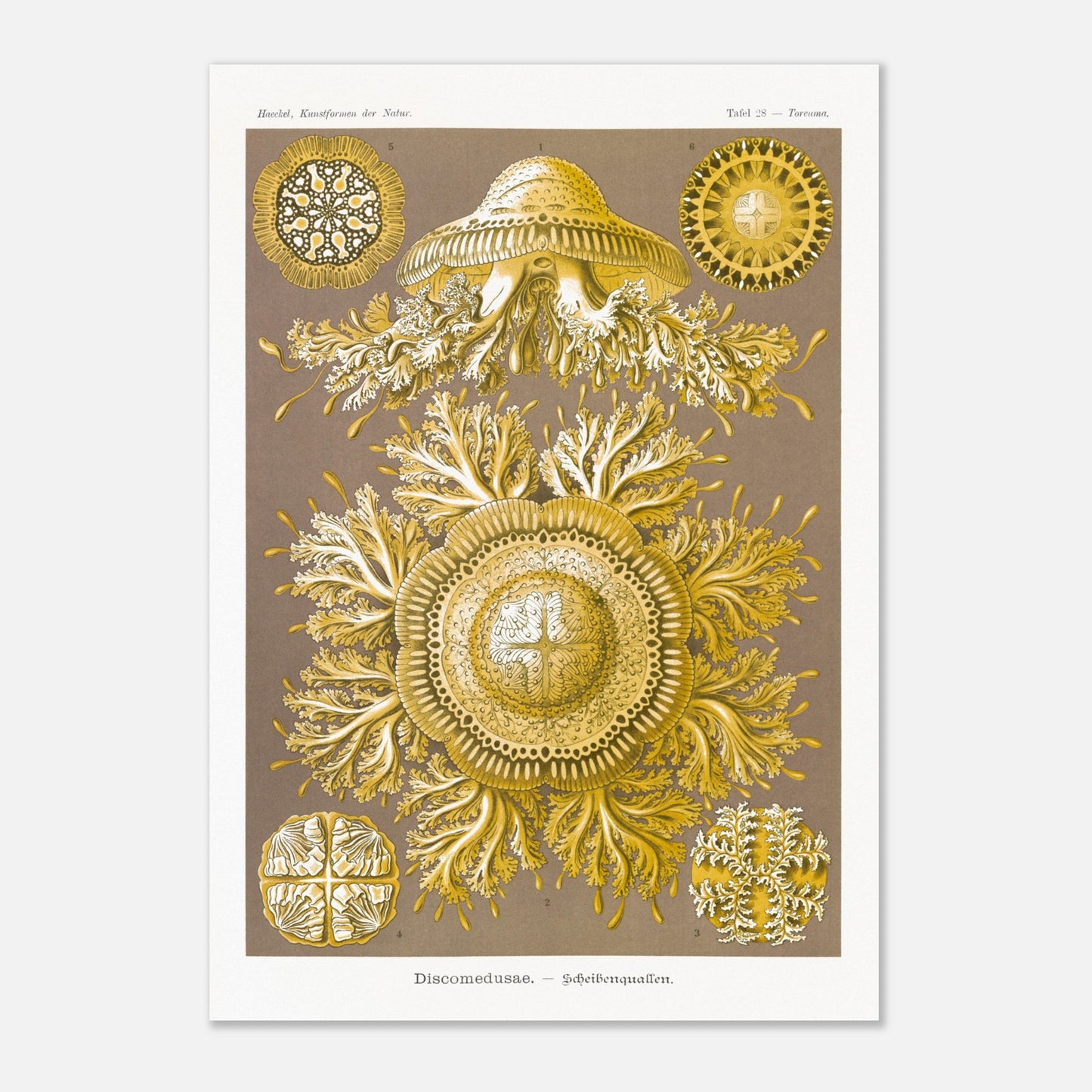
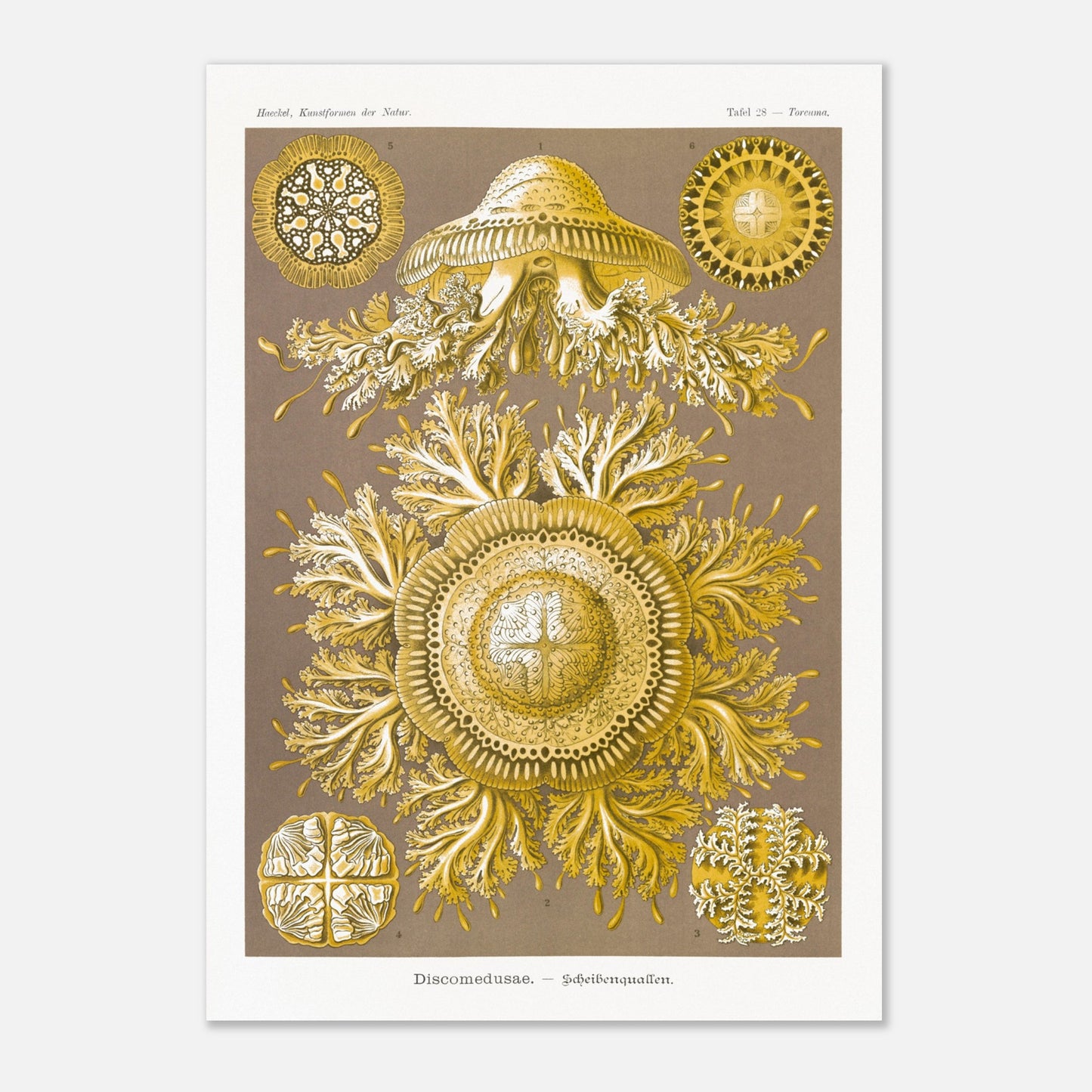
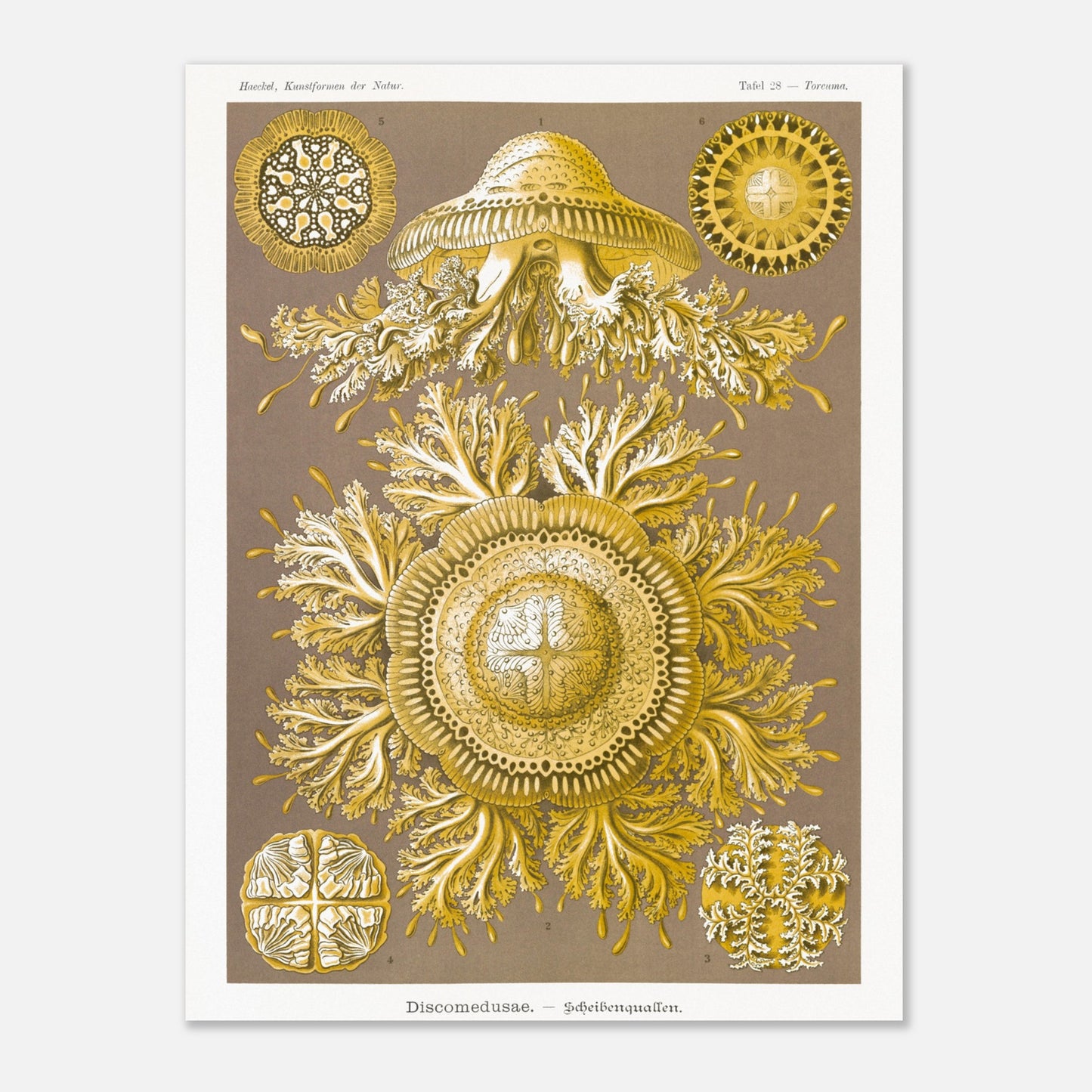

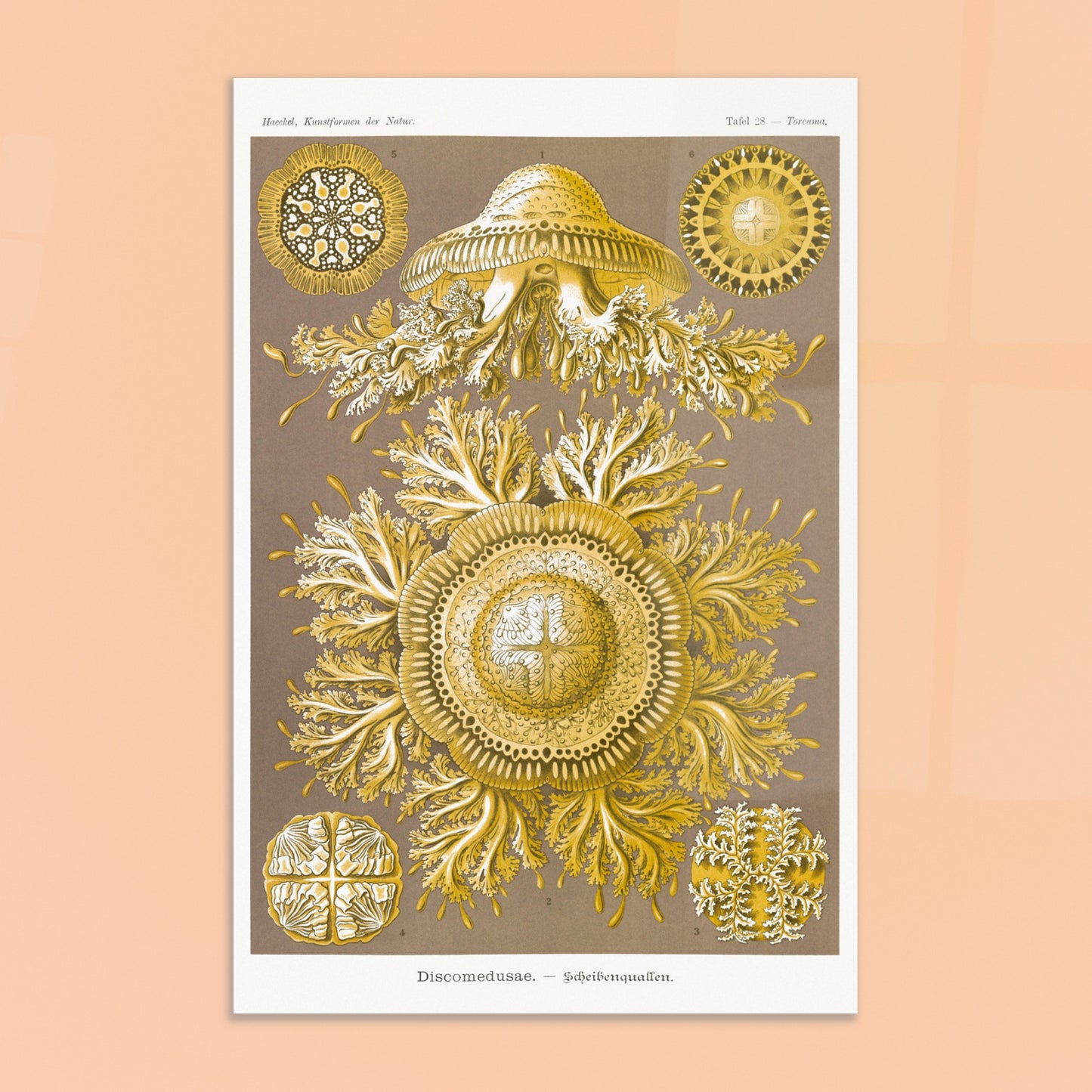
We are listening to you
If you are looking for a specific composition, a particular layout, or any other customization need, our team is at your disposal and will do everything possible to meet your requests.
So don't hesitate to...




